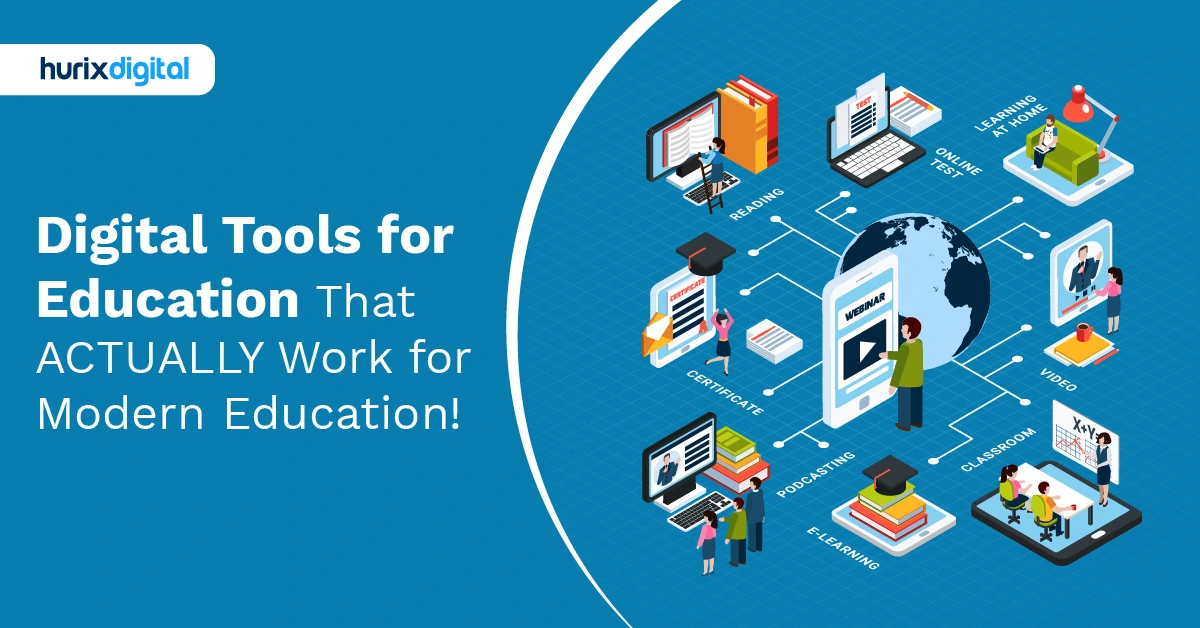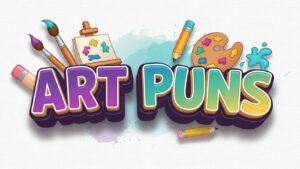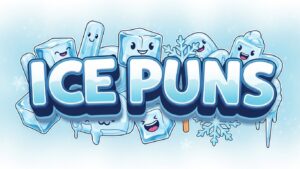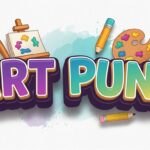
The Digital Transformation of Education
The landscape of education has been fundamentally reshaped by the integration of tech resources that expand learning possibilities beyond traditional classroom boundaries. Modern educators now have access to an unprecedented array of digital tools designed to enhance instruction, streamline administrative tasks, and create more engaging learning experiences. This technological revolution has accelerated in recent years, transforming education from a predominantly analog experience to one where digital and physical learning environments seamlessly intersect.
As schools continue investing in digital infrastructure and resources, educators face both exciting opportunities and significant challenges. The proliferation of educational technology offers solutions to longstanding pedagogical problems while simultaneously requiring teachers to develop new skills and adapt established practices. Understanding this evolving digital ecosystem has become essential for effective teaching in the 21st century.
Learning Management Systems
Comprehensive Digital Classrooms
Learning Management Systems (LMS) have become the digital backbone of modern education, providing centralized platforms for curriculum delivery, student assessment, and classroom communication. These comprehensive systems allow teachers to organize course materials, distribute assignments, track student progress, and provide timely feedback through a single integrated interface. Leading platforms like Canvas, Google Classroom, and Schoology have transformed how educators structure their courses and interact with students.
The value of these systems extends beyond simple content distribution. Advanced LMS platforms offer sophisticated analytics capabilities that help educators identify struggling students, recognize knowledge gaps, and adjust instruction accordingly. These data-driven insights enable more targeted interventions and personalized learning experiences that would be difficult to implement without technological support.
Features That Enhance Teaching
Modern LMS platforms include numerous features designed specifically to enhance pedagogical effectiveness:
- Customizable course structures that accommodate different teaching styles
- Integrated communication tools including discussion forums and messaging
- Automated grading functions for objective assessments
- Plagiarism detection and academic integrity tools
- Parent access portals that improve school-home communication
- Calendar and scheduling tools that help students manage deadlines
- Integration capabilities with third-party educational applications
These features reduce administrative burden while creating more opportunities for meaningful student-teacher interaction and personalized instruction.
Assessment and Feedback Tools
Formative Assessment Platforms
Digital formative assessment tools have revolutionized how teachers gather real-time information about student understanding. Platforms like Kahoot!, Quizizz, Formative, and Nearpod enable educators to create interactive assessments that provide immediate feedback to both students and teachers. These tools transform traditional quizzes into engaging activities while generating valuable data about individual and class-wide performance.
The gamification elements incorporated into many of these platforms increase student engagement while reducing assessment anxiety. Leaderboards, points systems, and digital badges tap into students’ natural competitive instincts and desire for recognition, making assessment a more positive and motivating experience.
Digital Feedback Mechanisms
Technology has expanded the possibilities for providing rich, multimodal feedback to students. Digital annotation tools allow teachers to add comments, suggestions, and corrections directly to student work. Audio and video feedback options enable more nuanced and personal communication than traditional written comments alone. These enhanced feedback mechanisms create stronger connections between teachers and students while making assessment a more meaningful learning opportunity.
Content Creation and Curation
Multimedia Lesson Development
Modern educators are increasingly becoming content creators, developing custom learning materials tailored to their specific student populations. Digital tools have democratized content creation, allowing teachers to produce professional-quality resources without specialized technical training. User-friendly platforms for creating videos, interactive presentations, digital worksheets, and multimedia lessons have expanded the creative possibilities for classroom instruction.
Popular content creation tools include:
- Screencastify and Loom for instructional videos
- Canva and Adobe Express for visual designs
- Genially and Prezi for interactive presentations
- Book Creator and StoryJumper for digital books
- Padlet and Wakelet for content curation
These accessible creation tools help educators develop more engaging and relevant learning materials that address the specific needs of their students.
Open Educational Resources
The growth of Open Educational Resources (OER) has created vast libraries of freely available learning materials that teachers can adapt and customize. Digital repositories like OER Commons, CK-12, and OpenStax provide access to high-quality content across subject areas, reducing dependence on expensive commercial textbooks and allowing greater flexibility in curriculum development.
The collaborative nature of many OER platforms enables educators to build upon each other’s work, creating a culture of sharing and continuous improvement within the teaching profession. This open approach to educational content has particular value for schools with limited budgets and resources.
Classroom Management Solutions
Digital Organization Tools
Classroom management technologies help create more orderly and productive learning environments. Digital tools for tracking behavior, monitoring participation, and organizing classroom activities provide structure while reducing administrative burden. Popular applications like ClassDojo, ClassroomScreen, and Smart Classroom Management offer intuitive interfaces for maintaining positive classroom dynamics and addressing behavioral challenges.
These systems often include communication features that keep parents informed about classroom happenings and student conduct, strengthening the critical partnership between home and school. The transparency created by these tools helps establish clear expectations and consistent accountability.
Student Engagement Monitors
Technology offers new ways to track and improve student engagement during both in-person and remote learning. Applications that monitor active participation, time on task, and interaction patterns provide valuable insights into student engagement levels. These tools help teachers identify disengaged students and implement targeted interventions before academic problems develop.
Collaborative Learning Technologies
Digital Collaboration Platforms
Collaborative technologies have transformed group work from an occasional classroom activity to a central element of modern learning. Platforms like Google Workspace for Education, Microsoft Teams for Education, and Jamboard create virtual collaboration spaces where students can work together synchronously or asynchronously, developing important teamwork skills while completing academic tasks.
These digital environments support:
- Real-time document co-creation
- Multimedia project development
- Peer feedback and review processes
- Collaborative problem-solving activities
- Cross-classroom and global partnerships
Such collaborative capabilities prepare students for workplace environments increasingly characterized by team-based projects and remote collaboration.
Discussion and Communication Tools
Digital discussion platforms extend classroom conversations beyond physical space and scheduled class periods. Tools like Flipgrid, VoiceThread, and Parlay create structured spaces for students to share ideas, respond to prompts, and engage with peers’ perspectives. These platforms are particularly valuable for supporting reflective thinking and giving voice to students who might be reluctant to participate in traditional classroom discussions.
Accessibility and Differentiation Technologies
Assistive Technologies
Digital tools have dramatically improved educational accessibility for students with disabilities. Text-to-speech and speech-to-text applications, screen readers, digital magnifiers, and specialized input devices help remove barriers to learning for students with diverse needs. Universal Design for Learning (UDL) principles have become easier to implement with technology that allows content presentation in multiple formats and enables students to demonstrate learning in various ways.
Differentiation Support
Technology simplifies the complex task of differentiating instruction for diverse learners. Adaptive learning platforms like i-Ready, Achieve3000, and DreamBox automatically adjust content difficulty based on individual student performance, ensuring appropriate challenge levels for all learners. These systems provide targeted practice opportunities and personalized learning pathways that would be difficult for teachers to implement manually.
Digital tools also facilitate the creation of tiered assignments, alternative assessments, and modified content without requiring separate preparation of physical materials. This efficiency makes differentiation more practical and sustainable for busy educators.
Professional Development Platforms
Teacher Learning Networks
Digital professional learning networks have transformed how educators develop their practice. Online communities like Edutopia, Teaching Channel, and social media groups dedicated to education create spaces for teachers to share resources, discuss challenges, and explore new instructional approaches. These networks transcend geographic limitations, connecting educators across districts, states, and countries.
Skill Development Resources
Specialized platforms for teacher professional development provide structured learning opportunities focused on technology integration and digital pedagogy. Resources like ISTE U, Google for Education training, and Apple Teacher offer certification programs and learning modules designed specifically for educators seeking to enhance their technological proficiency.
Data Management and Analytics
Student Information Systems
Comprehensive student information systems centralize academic records, attendance data, demographic information, and other essential student metrics. These systems improve administrative efficiency while providing valuable insights that inform instructional decisions. Integration between student information systems and learning management platforms creates powerful data ecosystems that support both operational and pedagogical needs.
Learning Analytics
Advanced learning analytics tools help educators move beyond basic performance metrics to deeper understanding of student learning patterns. These systems identify correlations between instructional approaches and student outcomes, highlighting effective teaching strategies and areas needing improvement. The predictive capabilities of some analytics platforms can identify at-risk students before traditional warning signs appear, enabling earlier and more effective interventions.
Conclusion
The proliferation of educational technology has fundamentally changed what’s possible in modern classrooms. When thoughtfully integrated, digital tools enhance teaching effectiveness, increase student engagement, and create more personalized learning experiences. However, technology itself is never a complete solution – its value depends entirely on how educators apply these tools in service of sound pedagogical goals.
The most successful technology integration occurs when educators maintain focus on learning objectives rather than the tools themselves. Digital resources should enhance and extend effective teaching practices, not replace the essential human elements of education. As technology continues evolving, the educators who thrive will be those who thoughtfully evaluate new tools, adopt those with genuine educational value, and maintain a balanced approach that combines technological innovation with timeless teaching wisdom.





